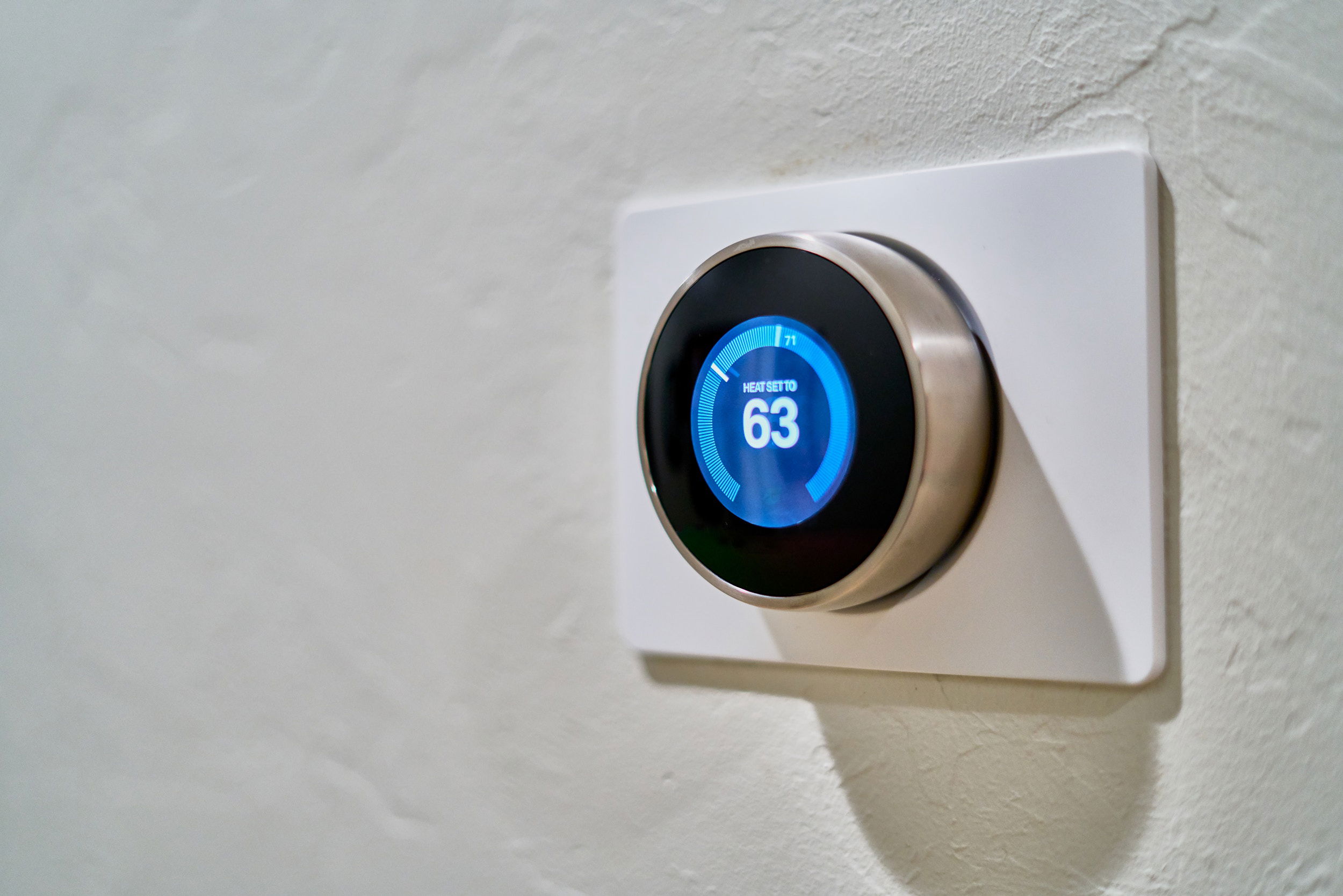Getting Started with DIY Home Automation Projects
The concept of a "smart home" has evolved from science fiction into reality, thanks to the rapid advancements in technology. Today, homeowners can transform their living spaces into intelligent, automated environments that offer convenience, energy savings, and enhanced security. While professional home automation systems are available, do-it-yourself (DIY) enthusiasts can embark on exciting projects to make their homes smarter and more efficient. In this comprehensive guide, we will explore the world of DIY home automation, covering the basics, popular automation projects, and tips to get you started on your journey towards a smarter home.

The Appeal of Home Automation
Home automation has gained popularity due to several compelling reasons:
- Convenience: Automation allows you to control various aspects of your home with ease, from adjusting lighting and temperature to managing security and entertainment systems.
- Energy Efficiency: Automated systems can help reduce energy consumption by optimizing lighting, heating, and cooling based on occupancy and time of day.
- Security: Smart cameras, doorbell cameras, and alarm systems provide enhanced security and peace of mind.
- Customization: DIY home automation projects empower homeowners to tailor their systems to meet their unique needs and preferences.
- Savings: While there is an initial investment, many home automation projects can result in long-term cost savings, especially in energy-efficient lighting and heating.
Getting Started with DIY Home Automation
1. Define Your Goals
Before diving into home automation, determine your objectives. What aspects of your home do you want to automate? Common automation areas include lighting, climate control, security, and entertainment.
2. Select a Home Automation Hub
A home automation hub or controller serves as the brain of your system, allowing you to manage and connect various devices. Popular options include Amazon Echo, Google Home, and SmartThings.
3. Choose Compatible Devices
Ensure that the devices you select are compatible with your chosen home automation hub. Common devices include smart lights, thermostats, locks, cameras, and sensors.
4. Plan Your Budget
Home automation projects can vary widely in cost, so it's essential to establish a budget based on your goals and priorities.
Popular DIY Home Automation Projects
- Smart Lighting: Replace traditional bulbs with smart bulbs or switches that you can control remotely. Set schedules, dim lights, and even change colors with compatible smart lighting systems.
- Thermostat Control: Install a smart thermostat to regulate your heating and cooling systems more efficiently. These thermostats can learn your preferences and adjust temperatures accordingly.
- Voice Control: Integrate voice-activated assistants like Amazon Alexa or Google Assistant to control various devices using voice commands.
- Home Security: Set up a DIY security system with smart cameras, motion sensors, and doorbell cameras. You can monitor your property remotely and receive alerts in case of suspicious activity.
- Smart Locks: Replace traditional locks with smart locks that you can control via your smartphone. Grant temporary access to guests or service providers remotely.
- Entertainment Systems: Create a home theater experience with automated audio and video systems. Control your TV, speakers, and streaming devices with a single remote or voice commands.
Tips for Successful DIY Home Automation
- Start Small: If you're new to home automation, begin with a single project, such as smart lighting, before expanding your system.
- Read User Manuals: Familiarize yourself with the user manuals and documentation for your devices to ensure proper installation and configuration.
- Network Security: Pay attention to network security to protect your smart devices from cyber threats. Change default passwords and keep your software up to date.
- Backups: Regularly back up your automation settings and configurations to avoid losing your setup in case of device failure or system updates.
- Community Support: Join online communities and forums where you can seek advice, troubleshoot issues, and find inspiration for your projects.

Conclusion
DIY home automation offers an exciting opportunity to make your living space smarter, more efficient, and tailored to your preferences. By defining your goals, selecting compatible devices, and starting with manageable projects, you can gradually create a smart home that enhances your comfort, security, and energy efficiency. As you embark on your DIY home automation journey, you'll discover the endless possibilities and enjoy the convenience of controlling your environment with just a few taps or voice commands. So, roll up your sleeves, gather your devices, and get ready to transform your home into a smart and connected haven.